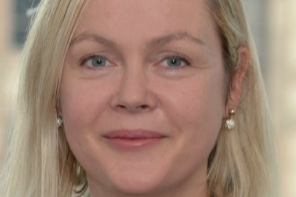UK pension funds are stepping up their de-risking activity by reducing equity allocations and increasing their liability hedges, according to a new survey from Aon.
The consultancy firm surveyed 170 UK schemes, and found that 59% had reported reducing their exposure to domestic equities in the past 12 months. Almost half (48%) had cut back on overseas equities.
More than a third (35%) of respondents had raised their exposure to index-linked government bonds, with 30% putting more into traditional Gilts. Half of schemes (50%) said they had increased their use of liability-driven investment (LDI) strategies.
The high level of interest in LDI reflected the number of schemes targeting a specific endgame strategy, Aon said. In particular, 35% of respondents said they were targeting buyout with an insurance company, while 43% aimed to become self-sufficient.
Emily McGuire, partner at Aon, said the survey showed than many themes in the previous incarnation of the poll, completed in 2017, were repeated but with a higher pace of change and increased levels of activity. “Schemes have firmed up their views and acted decisively,” she added.
McGuire continued: “The way schemes have acted has been very much driven by their own circumstances but typically actions have fallen into two categories: schemes that have reduced equity exposure but increased liability hedging to reduce overall volatility, and those that have diversified from equities into alternative growth assets.
“We have also seen continuing interest in illiquid asset classes as schemes look to alternative investment ideas.”
She also highlighted the 90% of schemes that had hedged more than 40% of their interest rate risk, while 45% were hedging more than 80% of this risk.
“This change has meant that more and more schemes have insulated themselves from the fall in Gilt yields that we have seen in recent times and the adverse impact it would have had on their funding levels,” McGuire said. “Instead, some of these schemes now have their endgame in sight.”
Nearly a quarter of respondents (23%) said they had increased their exposure to illiquid asset classes such as private credit and real estate, with a similar proportion planning to do so in the next 12 months.
Of those planning an increase, 47% said they were targeting private credit, while 29% aimed to raise exposure to infrastructure.
Aon included bulk annuities in its definition of illiquid assets. A third (33%) of respondents planning to increase illiquid exposure said this was an area of interest, reflecting forecasts from insurers and consultants that more than £30bn (€33.9bn) worth of defined benefit insurance deals could be completed by the end of 2019.



























No comments yet